Like a lot of people, Olivia Laing came to New York to join a lover. Like a lot of people, she soon became unjoined. She stopped eating and drifted, moved from sublet to sublet, wandered the streets in a desperate daze. She craved intimacy and shied away from it, was painfully self-conscious but also anxious that she was in danger of vanishing.
Already a subscriber? Log in
Subscribe for just $2 a week
Try a month of The Spectator Australia absolutely free and without commitment. Not only that but – if you choose to continue – you’ll pay just $2 a week for your first year.
- Unlimited access to spectator.com.au and app
- The weekly edition on the Spectator Australia app
- Spectator podcasts and newsletters
- Full access to spectator.co.uk
Unlock this article
Available from the Spectator Bookshop, £16.99 Tel: 08430 600033. Sukhdev Sandhu is the author of Night Haunts: a Journey through the London Night.
You might disagree with half of it, but you’ll enjoy reading all of it. Try your first month for free, then just $2 a week for the remainder of your first year.

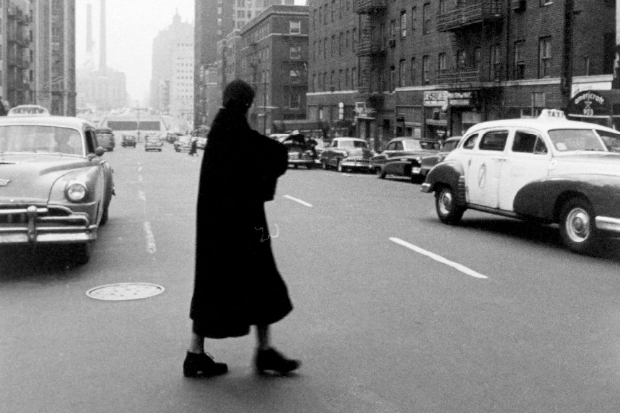
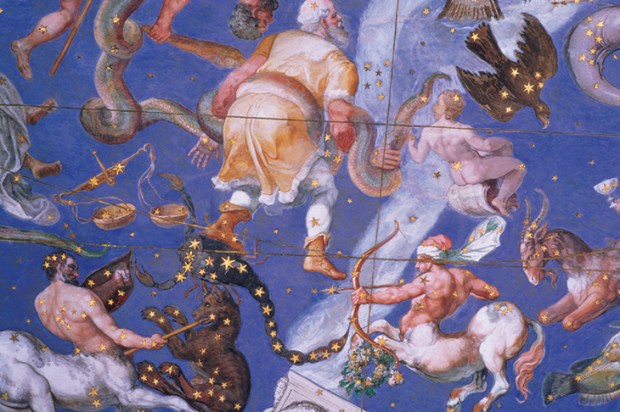
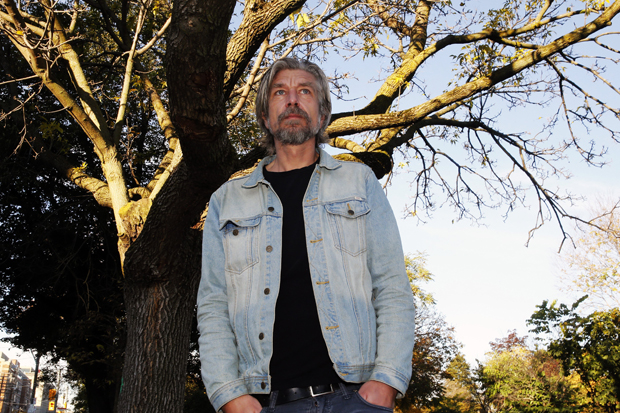

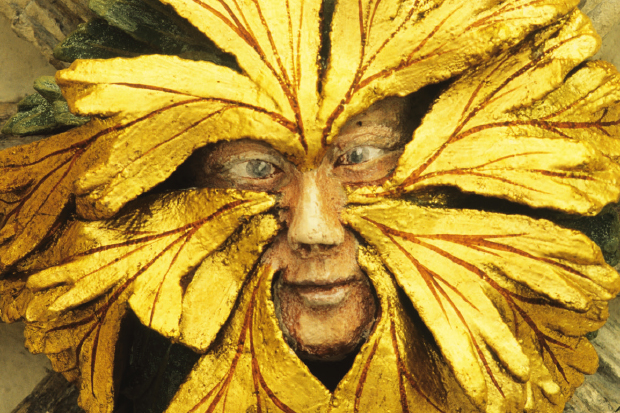
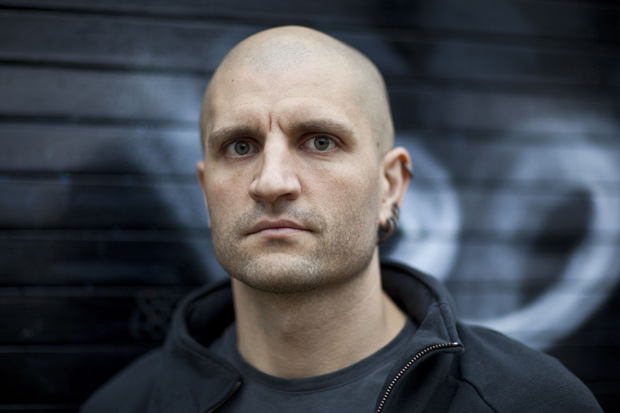
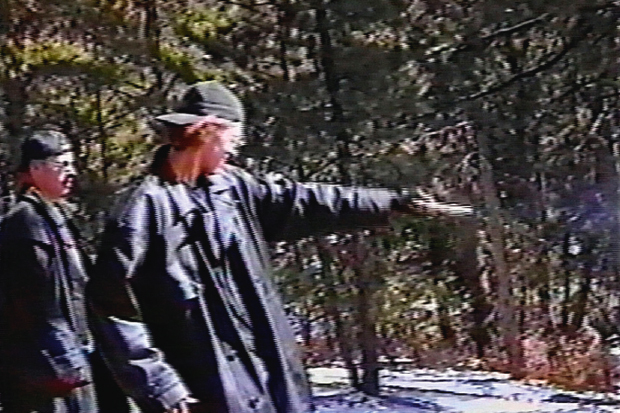






Comments
Don't miss out
Join the conversation with other Spectator Australia readers. Subscribe to leave a comment.
SUBSCRIBEAlready a subscriber? Log in